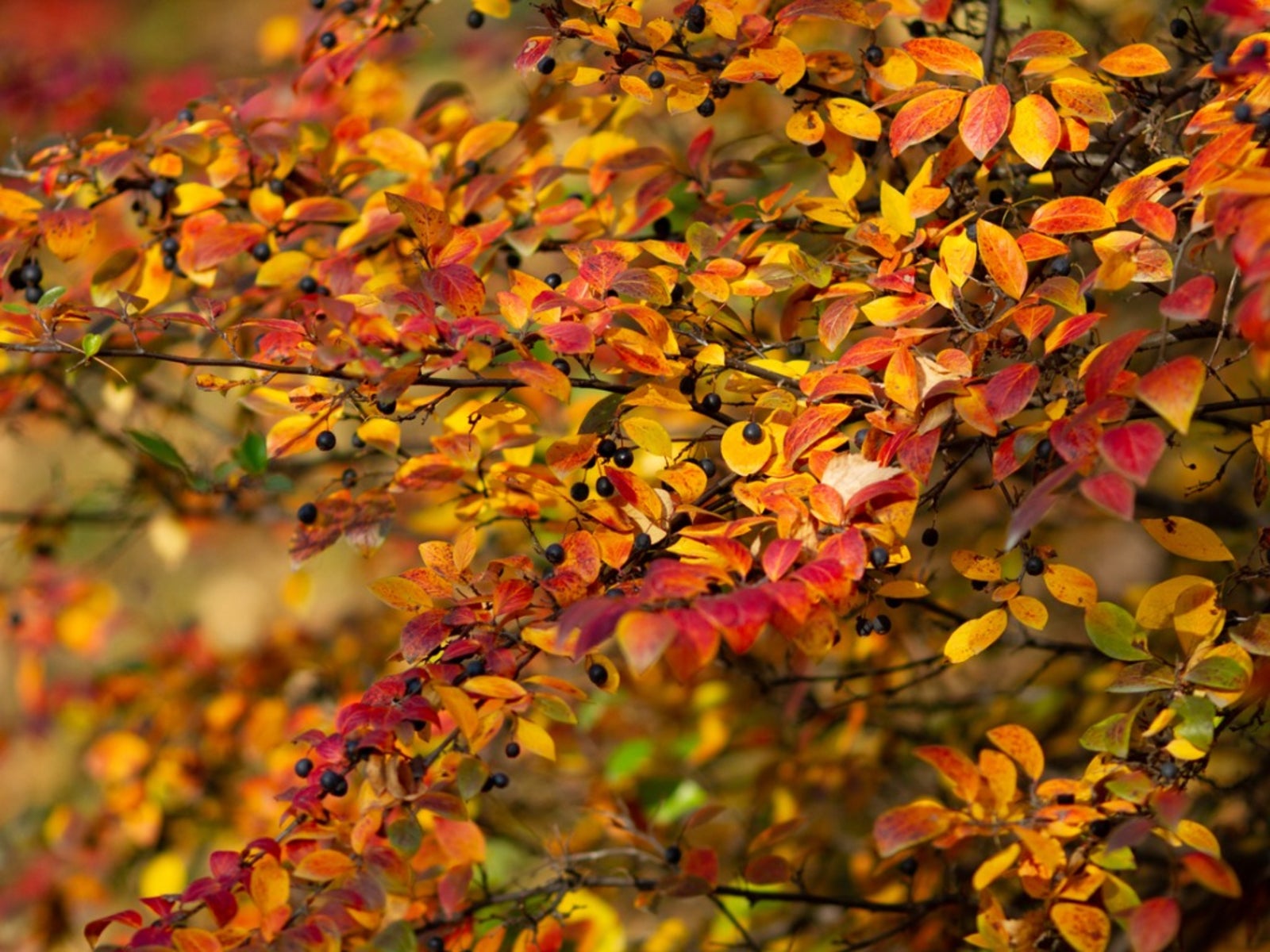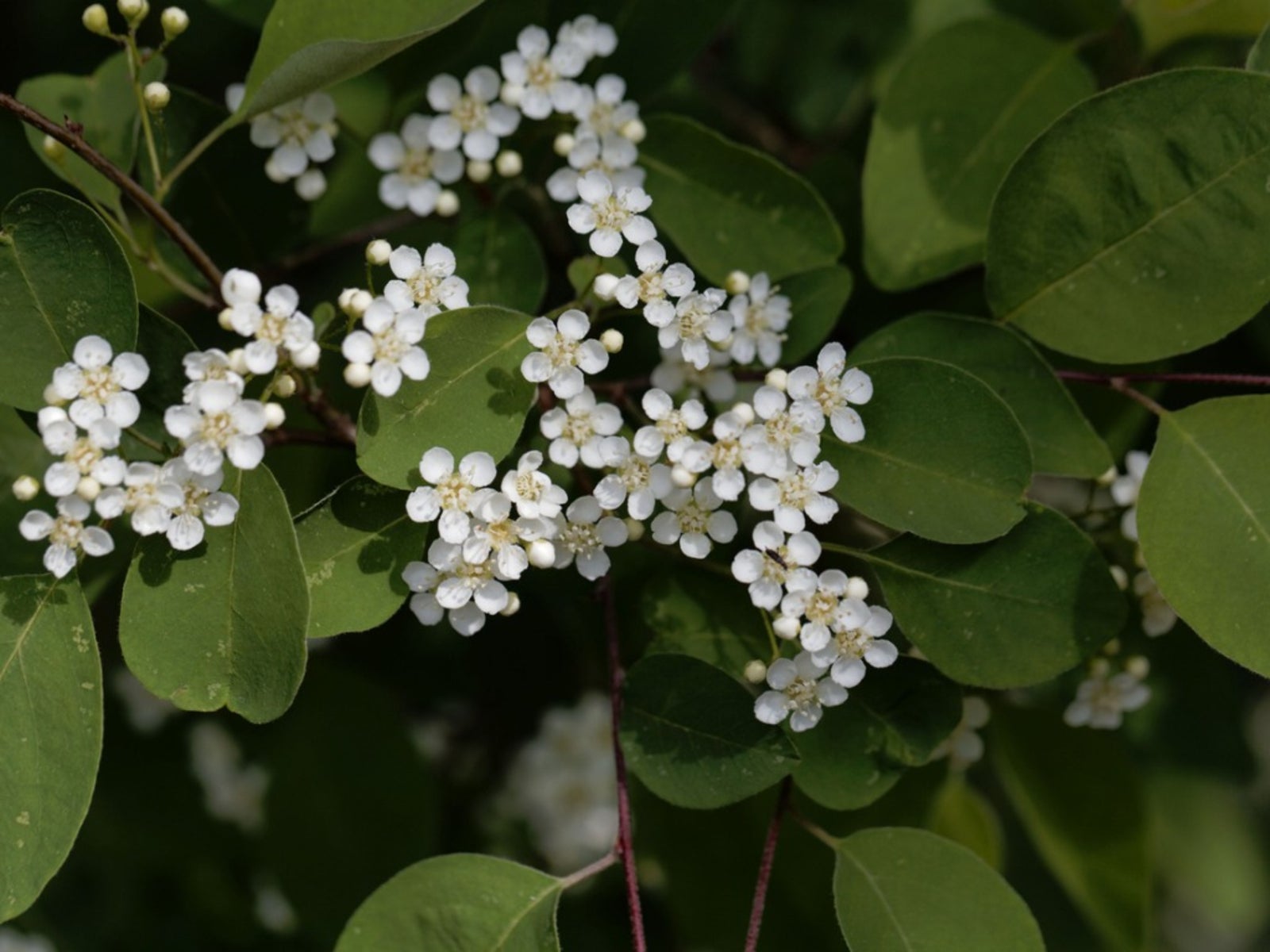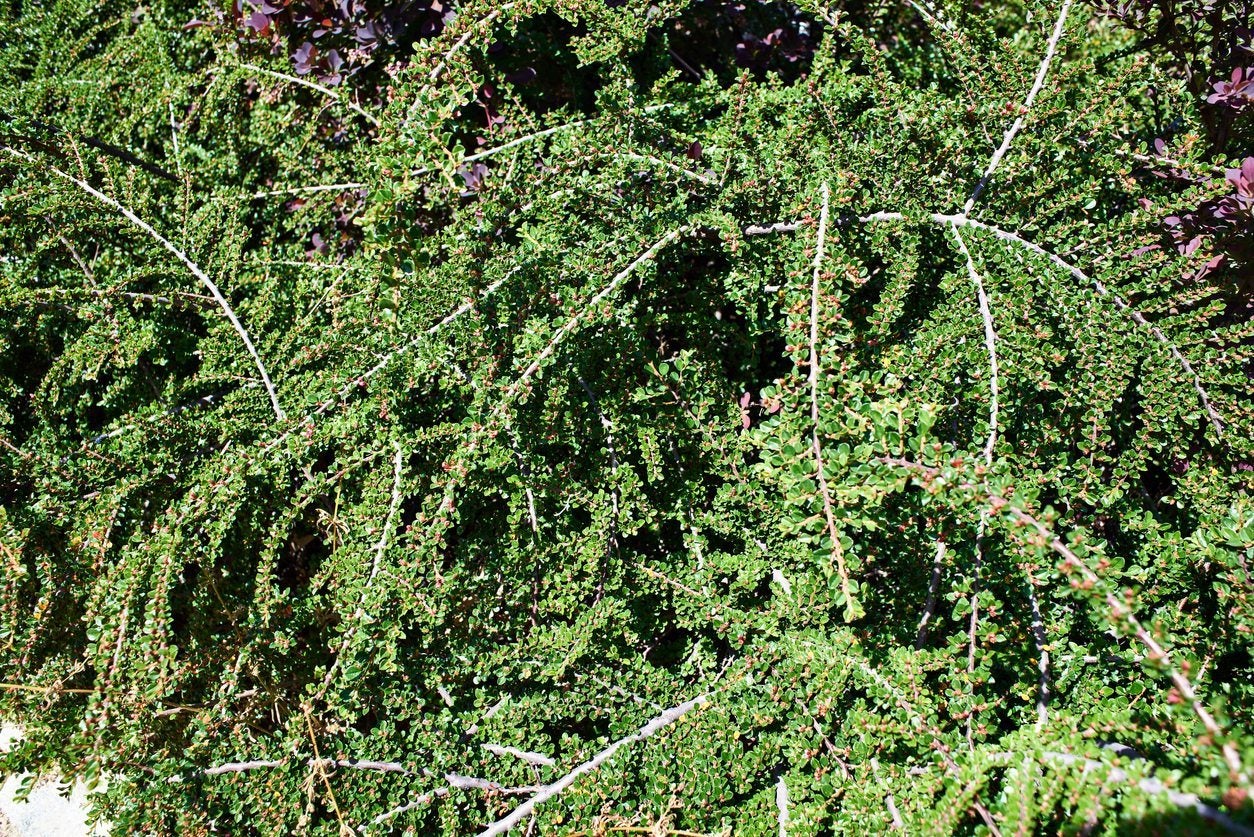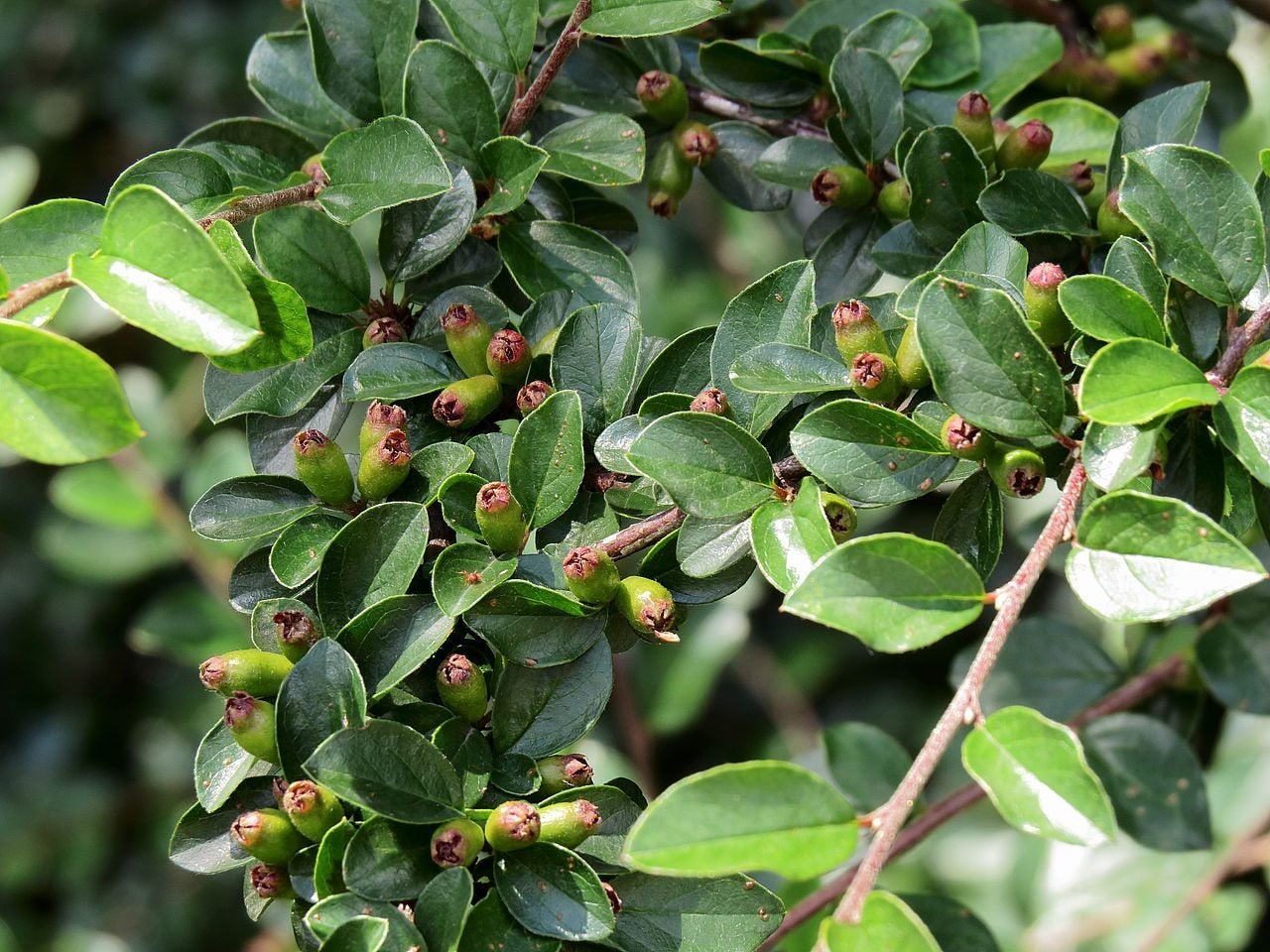What Is Hedge Cotoneaster: Learn About Hedge Cotoneaster Care


Cotoneasters are versatile, low maintenance, deciduous shrubs for the landscape. Whether you’re looking for a low sprawling variety or a taller type for a dense hedge, there is a cotoneaster that will meet your needs. In this article, we will discuss hedge cotoneaster plants.
What is Hedge Cotoneaster?
Hardy in zones 3 through 6, hedge cotoneaster (Cotoneaster lucidus) is native to areas of Asia, specifically in the Altai Mountain regions. Hedge cotoneaster is a more rounded upright plant than the very common wide, sprawling cotoneaster that most of us are familiar with. Due to its dense, upright habit and its tolerance of shearing, hedge cotoneaster is oftentimes used for hedging (hence the name), privacy screens, or shelter belts. Hedge cotoneaster has the familiar ovate, glossy, dark green foliage of other cotoneaster plants. In spring to early summer, they bear small clusters of pink flowers. These blooms attract bees and butterflies, making them excellent for use in pollinator gardens. After flowering, the plants produce the classic pom-shaped red, purple to black berries. Birds love these berries, so cotoneaster plants are often found in wildlife or bird gardens too. In autumn, hedge cotoneaster foliage turns orange-red, and its dark berries persist through winter. Adding a hedge cotoneaster plant can provide four-season appeal to the garden.
Growing Hedge Cotoneaster
Hedge cotoneaster plants will grow well in any loose, well-draining soil but prefers a slightly alkaline soil pH level. The plants are wind and salt tolerant, which adds to the benefits of using them as a hedge or border. Plants can grow 6 to 10 feet tall (2-3 m.) and 5 to 8 feet wide (1.5-2 m.). When left untrimmed, they will have a natural rounded or oval habit. When growing hedge cotoneaster as a hedge, plants can be planted 4 or 5 feet (1-1.5 m.) apart for a dense hedge or screen, or they can be planted farther apart for a more open look. Hedge cotoneaster can be sheared or trimmed to shape at any time of the year. They can be trimmed into formal hedges or left natural. Some common problems with hedge cotoneaster plants are bacterial fire blight, fungal leaf spots, spider mites, and scale.
Gardening tips, videos, info and more delivered right to your inbox!
Sign up for the Gardening Know How newsletter today and receive a free copy of our e-book "How to Grow Delicious Tomatoes".
-
 Looking For Plants To Give You The Soft And Fuzzies? Try These 5 Fuzzy Leaf Plant Options
Looking For Plants To Give You The Soft And Fuzzies? Try These 5 Fuzzy Leaf Plant OptionsLovers of texture, drama, silver foliage and tactile plants will adore these special sensory garden additions. These fuzzy leaf plant options will leave you all aglow
By Susan Albert
-
 Get Ready For A Summer Of Hummers! Grow These Full Sun Hummingbird Plants and Flowers
Get Ready For A Summer Of Hummers! Grow These Full Sun Hummingbird Plants and FlowersIf you’re lucky enough to enjoy a sunny backyard, make sure you are maxing out on your pollinator opportunities and grow these full sun hummingbird plants and flowers
By Tonya Barnett
-
 Many-Flowered Cotoneaster Shrub Info - Growing Many-Flowered Cotoneasters
Many-Flowered Cotoneaster Shrub Info - Growing Many-Flowered CotoneastersIf you’re looking for a sprawling, large shrub with good visual interest all year-long, consider many-flowered cotoneaster. This species of cotoneaster is a shrub that grows quickly and produces interesting foliage, spring flowers, and fall berries.
By Mary Ellen Ellis
-
 Cotoneaster Pruning Guide – When Should You Trim Cotoneaster Shrubs
Cotoneaster Pruning Guide – When Should You Trim Cotoneaster ShrubsCotoneaster pruning is different depending on the type of plant you have in your backyard, although the goal for all varieties is to follow its natural form. If you want to learn how to prune cotoneaster, you've come to the right place. Click here for tips on cutting back cotoneaster.
By Teo Spengler
-
 Spreading Cotoneaster Info: How To Grow Spreading Cotoneaster Plants
Spreading Cotoneaster Info: How To Grow Spreading Cotoneaster PlantsThe spreading cotoneaster is an attractive, flowering, medium-sized shrub that is popular as both a hedge and specimen plant. This article has more information about spreading cotoneaster care and tips for growing these shrubs in the garden and landscape.
By Liz Baessler
-
 Cranberry Cotoneaster Facts: Learn How To Grow A Cranberry Cotoneaster
Cranberry Cotoneaster Facts: Learn How To Grow A Cranberry CotoneasterGrowing cranberry cotoneaster brings a low, lovely splash of color to the backyard. They bring with them a spectacular fall fruit display, a gracious plant habit, and clean, bright foliage. These plants make great groundcover but can also serve as short hedges. Learn more here.
By Teo Spengler
-
 How To Grow Cotoneaster: Caring For Different Types Of Cotoneaster
How To Grow Cotoneaster: Caring For Different Types Of CotoneasterWhether you?re looking for a 6-inch ground cover or a 10-foot hedge plant, cotoneaster has a shrub for you. Growing cotoneaster is a snap, and you can learn more about the plant's care in this article.
By Jackie Carroll